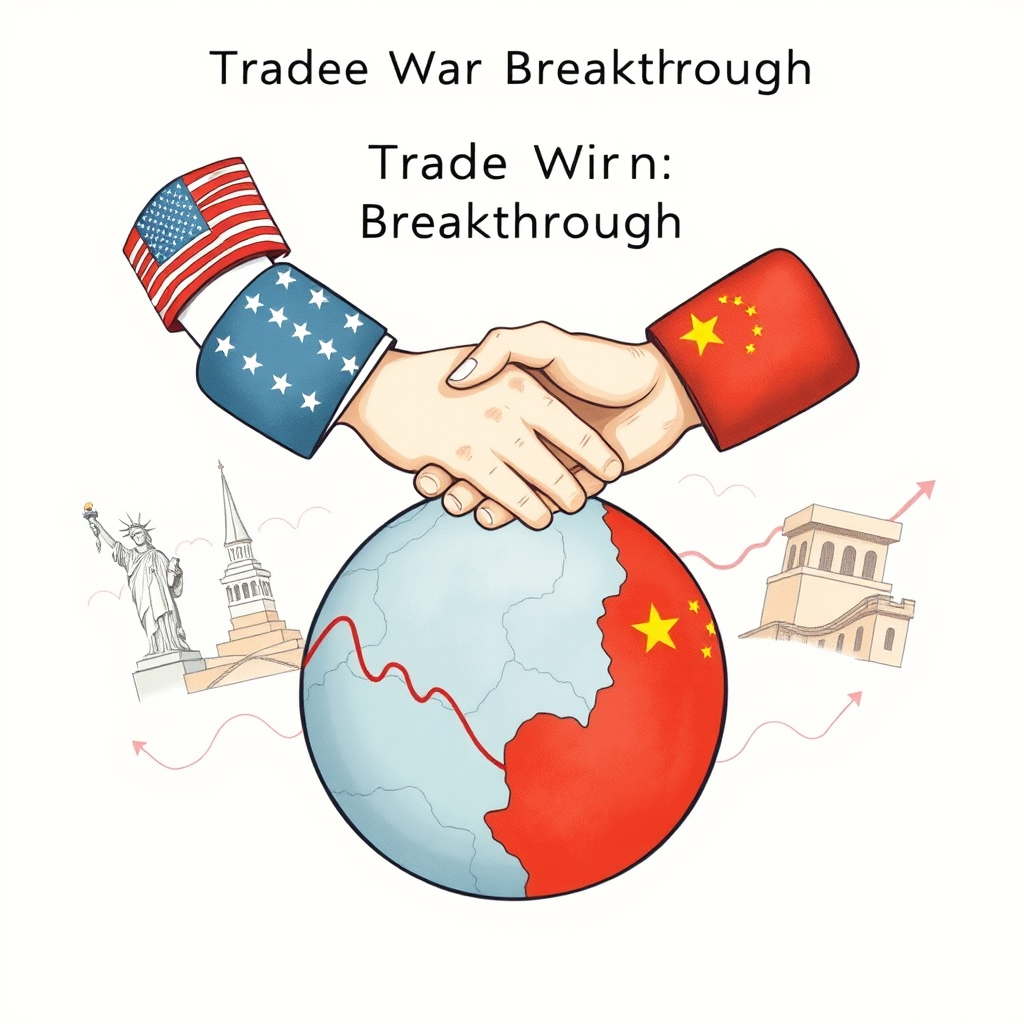Trade War Breakthrough: US and China Slash Tariffs

On Monday, a significant development unfolded in the ongoing trade war between the United States and China. The two economic superpowers reached an agreement to substantially reduce tariffs on each other’s goods for an initial period of 90 days. This breakthrough, effective from Wednesday, May 14, will see both nations lowering tariffs by 115% for this duration. U.S. Treasury Secretary Scott Bessent announced that this reduction means U.S. tariffs on Chinese exports will drop to 30%, while China will lower its tariffs on American goods to 10%.
The higher U.S. tariff rate remains due to the 20% tariffs imposed in February and March, which President Donald Trump justified as a response to the fentanyl crisis. Bessent described the negotiations in Geneva over the weekend as marathon sessions marked by mutual respect, emphasizing that neither side desires a decoupling of their economies. A spokesperson for China’s Ministry of Commerce expressed hope that the U.S. would continue to work with China to correct past mistakes and strengthen mutually beneficial cooperation.
The trade war has taken a toll on both economies, with Chinese exports plummeting and the U.S. experiencing its first quarterly GDP contraction since 2022. Markets reacted positively to the news, with Hong Kong’s Hang Seng index rising by nearly 3% during Asian trading and U.S. stock futures surging. A joint statement from the White House indicated that discussions would continue in the coming days, with potential working-level consultations on economic and trade issues. U.S. Treasury Secretary Scott Bessent will represent the U.S., while He Lifeng, Vice Premier of the State Council, will represent China in these future meetings.
This 90-day tariff pause represents the most significant reduction in the trade war thus far. Charlie Cornes, a senior economist at the Center for Economics and Business Research, told TIME that this move ‘reinforces the view that the U.S. remains open to negotiating tariff arrangements.’ However, he cautioned that tariff rates are still higher than before the so-called ‘Liberation Day’ on April 2. Just a week later, on April 9, Trump announced a 90-day tariff pause for most countries, except China. This led to a series of retaliatory tariffs, culminating in unprecedented U.S. tariffs on Chinese goods at 145% and a reciprocal rate of 125% from China.
In my opinion, this agreement is a step in the right direction, but it’s just a band-aid on a much deeper issue. The underlying tensions and structural differences between the two economies won’t be resolved with a simple tariff pause. Both sides need to engage in more meaningful dialogue and be willing to make significant concessions to truly address the root causes of this trade war. The global economy would benefit greatly from a stable and cooperative relationship between the U.S. and China.